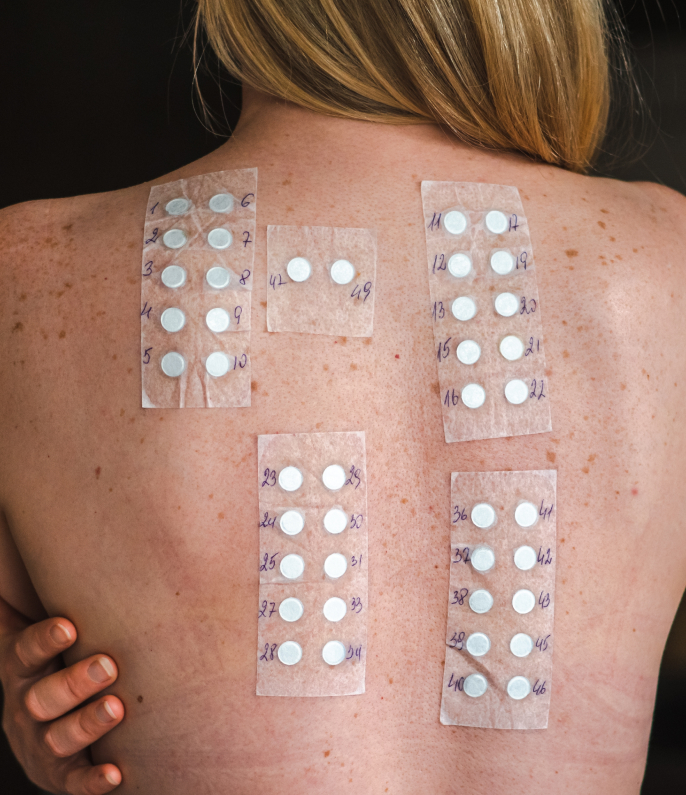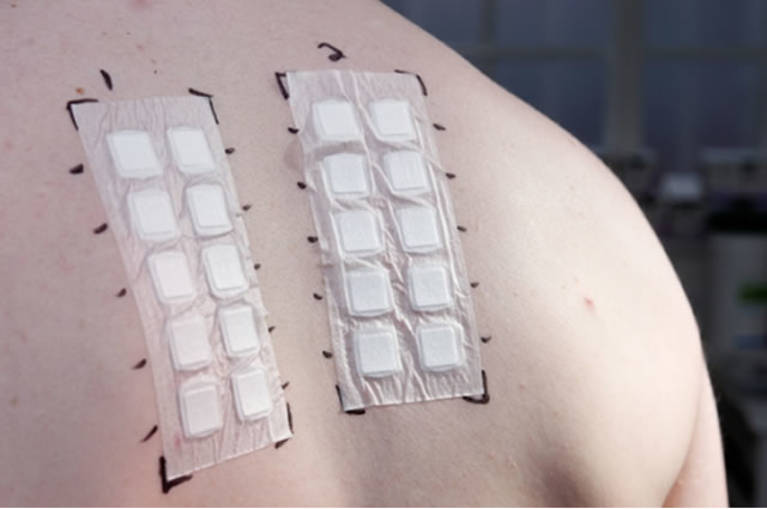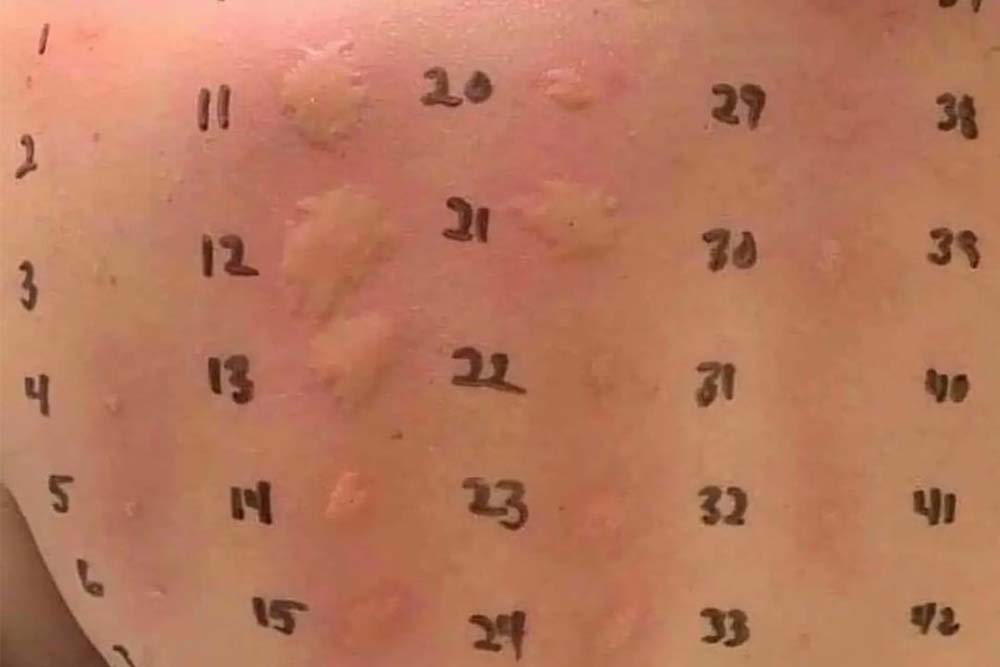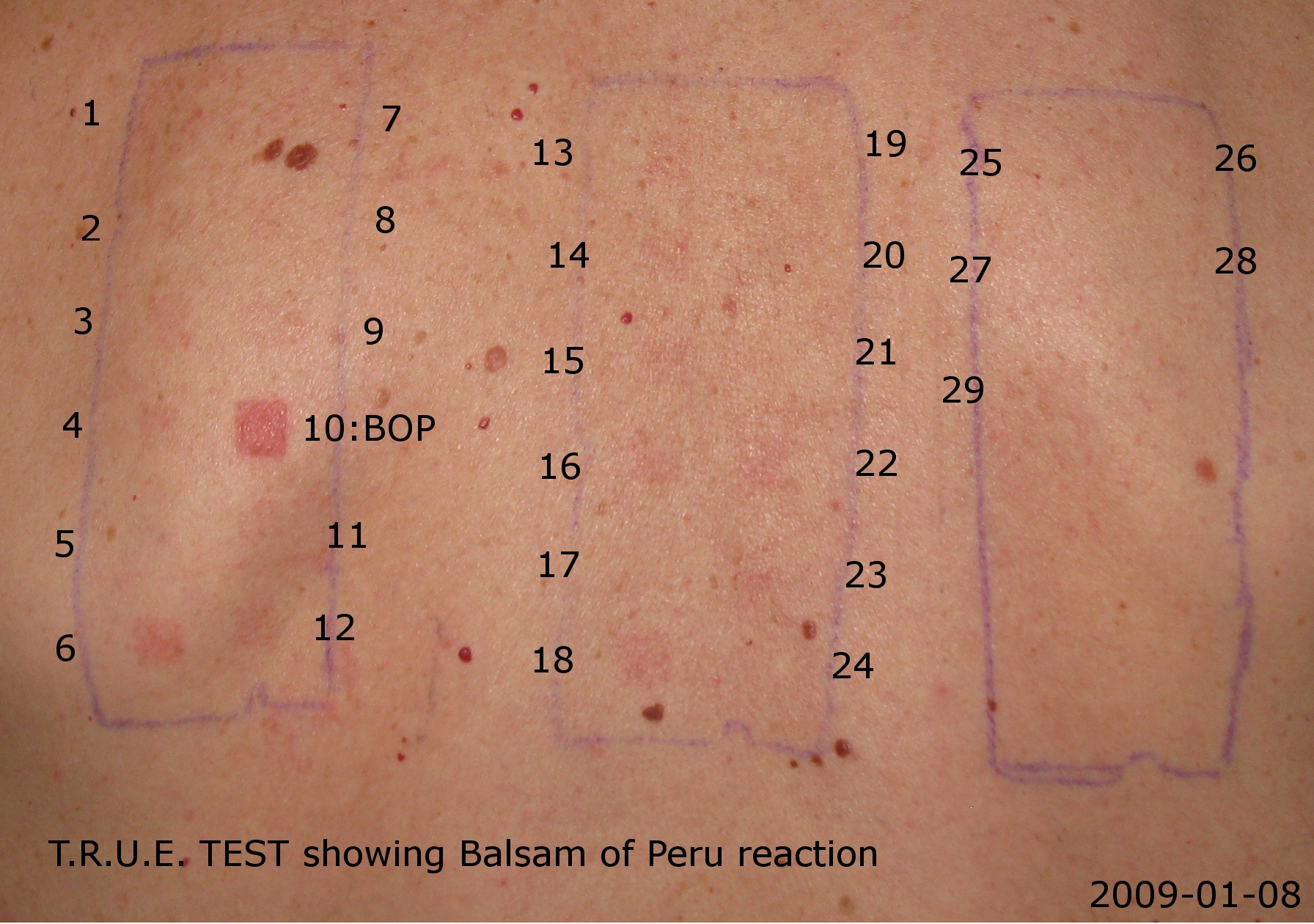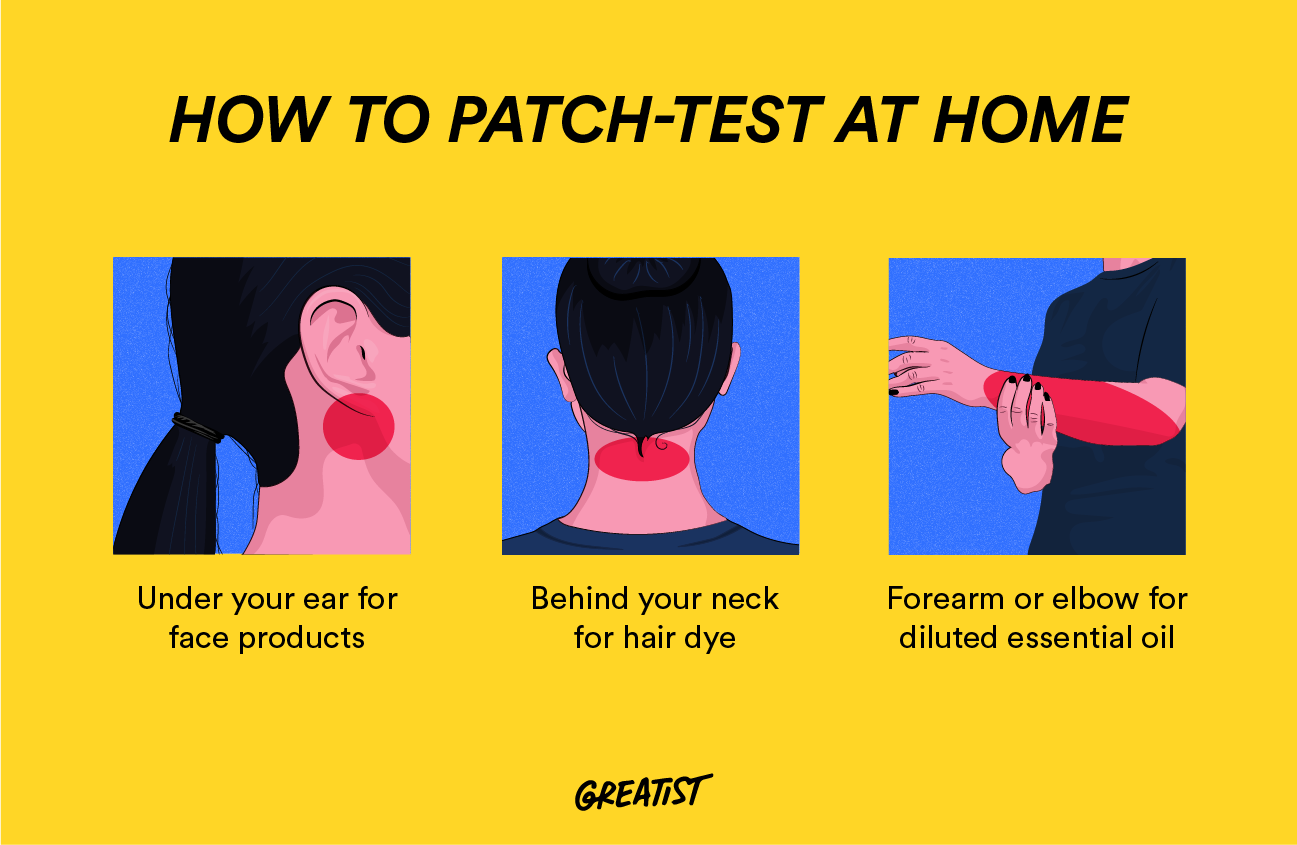A Patch Test Is Generally Conducted Behind The Ear Or

Immediate action is crucial: Allergic reactions can be life-threatening, emphasizing the critical role of patch tests to identify potential allergens. Patch tests, commonly performed behind the ear or on the arm, are the first line of defense against adverse reactions to various substances.
Understanding Patch Tests
A patch test is a non-invasive procedure designed to detect allergic contact dermatitis, a type of eczema caused by skin contact with a specific allergen. The test involves applying small amounts of potential allergens to the skin, typically on the back or behind the ear, and observing the area for a reaction over a period of 48 to 72 hours.
The standard procedure involves applying allergen-impregnated patches to the skin, securing them with hypoallergenic tape, and marking the location of each patch. Patients are instructed to keep the area dry and avoid activities that could dislodge the patches.
After the designated time, a healthcare professional removes the patches and assesses the skin for signs of redness, swelling, itching, or blistering, indicating a positive reaction to the allergen.
Why the Ear?
The area behind the ear is often chosen for patch tests due to its relatively thin skin and reduced exposure to sunlight. These factors can enhance the sensitivity of the test and minimize the risk of false negatives or irritant reactions.
However, the arm, particularly the upper outer arm, and the back are also common sites. The selection of the site depends on the specific allergen being tested and the patient's skin condition.
Regardless of the location, proper preparation of the skin, including cleaning with alcohol and avoiding lotions or creams, is essential for accurate results.
The Process Explained
The patch test process typically involves an initial consultation, allergen application, a waiting period, and a follow-up appointment for interpretation. During the consultation, the healthcare provider reviews the patient's medical history and discusses potential allergens to be tested.
Following application, patients must return for readings, usually at 48 and 72 hours. These readings determine if a reaction is present.
It is critical to avoid scratching or rubbing the test sites during the waiting period to prevent false positives or skin irritation. A final evaluation is done to determine which allergens caused a reaction.
Who Needs a Patch Test?
Individuals experiencing persistent skin rashes, itching, or other symptoms of allergic contact dermatitis should consider undergoing a patch test. This includes individuals with suspected allergies to cosmetics, fragrances, metals, or other common irritants.
According to the American Academy of Dermatology, patch testing is essential for diagnosing the specific cause of contact dermatitis. Identifying and avoiding the offending allergen can significantly improve skin health and quality of life.
Specific professions such as hairdressers, construction workers, and healthcare professionals might benefit from the test as they frequently exposed to potential allergens.
Interpreting Results and Managing Allergies
A positive patch test result indicates an allergy to the specific substance tested. The severity of the reaction can range from mild redness to significant blistering, depending on the individual's sensitivity and the concentration of the allergen.
Once an allergy is confirmed, avoidance of the offending substance is crucial. Dermatologists often provide detailed information on where the allergen is found and offer advice on alternative products or materials.
Furthermore, topical corticosteroids or other medications may be prescribed to alleviate symptoms and manage any existing dermatitis. Long-term management plans often include barrier creams and gentle skincare routines.
Potential Risks and Side Effects
While patch testing is generally safe, some potential risks and side effects include irritation, itching, and in rare cases, persistent pigmentation changes. An immediate, severe allergic reaction is extremely rare but must be recognized.
It is important to inform the healthcare provider of any existing skin conditions or medications before undergoing a patch test. Certain medications, such as oral steroids, can interfere with the test results.
In some instances, a false negative result can occur if the allergen concentration is too low or if the test is performed during a period of remission. Retesting might be necessary if symptoms persist despite a negative result.
The Urgency of Early Detection
The timely identification of allergens through patch testing can prevent chronic skin problems and improve overall well-being. Early detection can also prevent the escalation of allergic reactions and the development of more severe health issues.
If you suspect you have an allergy, consulting with a dermatologist or allergist for evaluation is recommended. Delaying testing can lead to prolonged suffering and unnecessary exposure to potential allergens.
"Don't wait for the rash to worsen; early intervention is key,"emphasizes Dr. Anya Sharma, a leading dermatologist. Taking prompt action can significantly improve your outcome.
If you've experienced an allergic reaction or suspect you may be sensitive to certain substances, schedule a consultation with a qualified healthcare professional immediately. Continued monitoring of your skin's reaction and adherence to a dermatologist's recommendations are vital steps in managing allergies and maintaining healthy skin.







